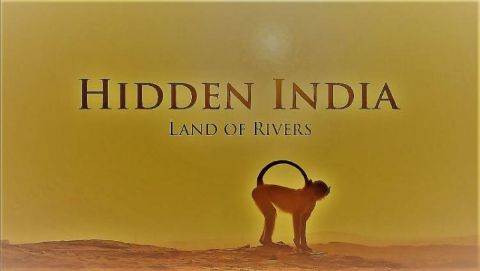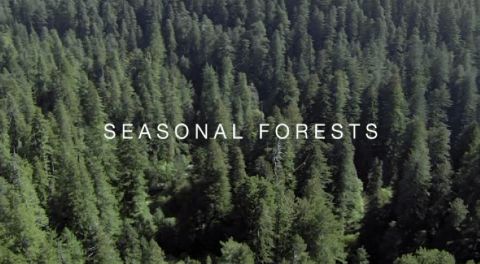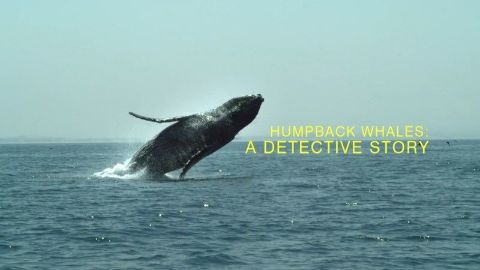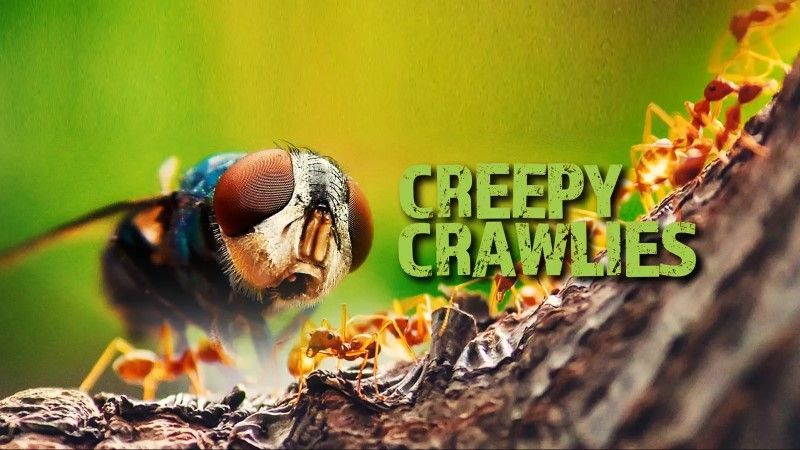Lands of Change • 2016 • episode "Part 1" • Hidden India
India is a vast land of seasonal extremes. Monsoon rains flood the land and make it green but once they are gone, heat and drought builds. It is a challenge for the animals but it also fosters an amazing variety of landscapes filled with diverse life. From semi-aquatic rhinos to desert lions, India's dynamic lands are full of surprises. It also attracts spectacular visitors from afar like the huge flocks of demoiselle cranes.
Make a donation
Buy a brother a hot coffee? Or a cold beer?
Hope you're finding these documentaries fascinating and eye-opening. It's just me, working hard behind the scenes to bring you this enriching content.
Running and maintaining a website like this takes time and resources. That's why I'm reaching out to you. If you appreciate what I do and would like to support my efforts, would you consider "buying me a coffee"?
Donation addresses
BTC: bc1q8ldskxh4x9qnddhcrgcun8rtvddeldm2a07r2v
ETH: 0x5CCAAA1afc5c5D814129d99277dDb5A979672116
With your donation through , you can show your appreciation and help me keep this project going. Every contribution, no matter how small, makes a significant impact. It goes directly towards covering server costs.








